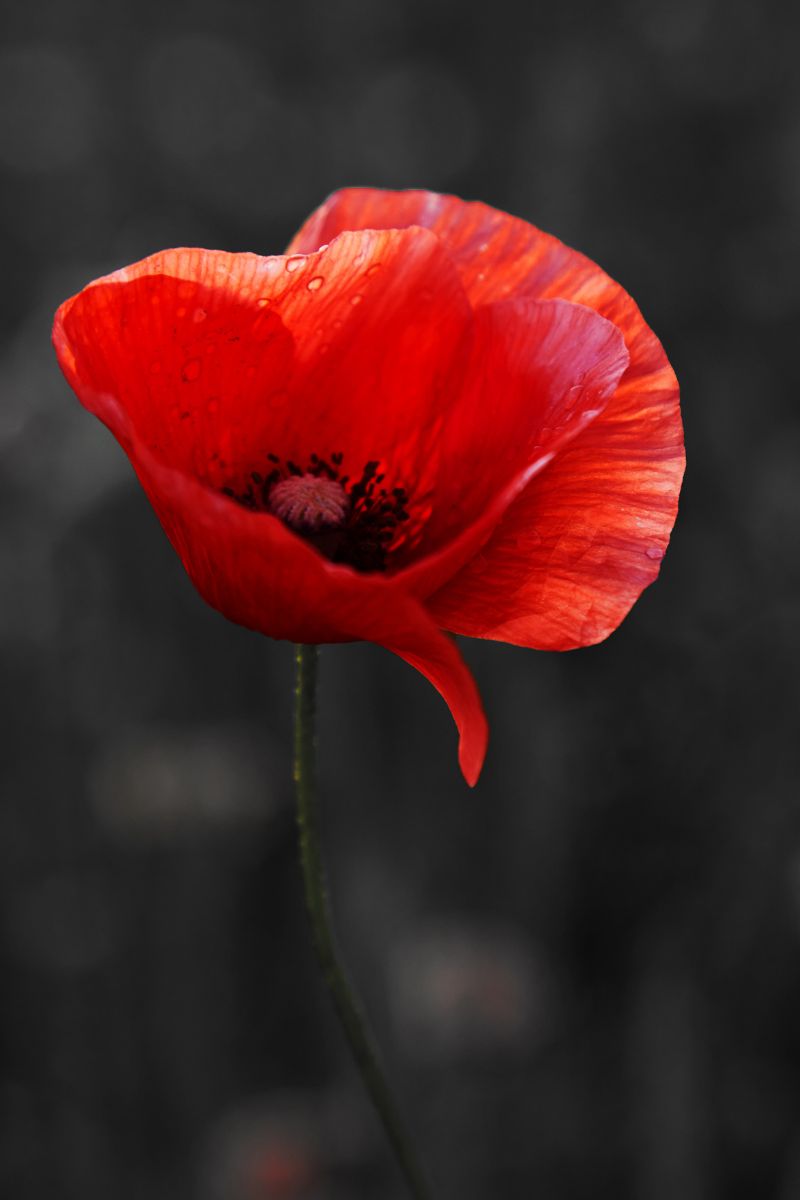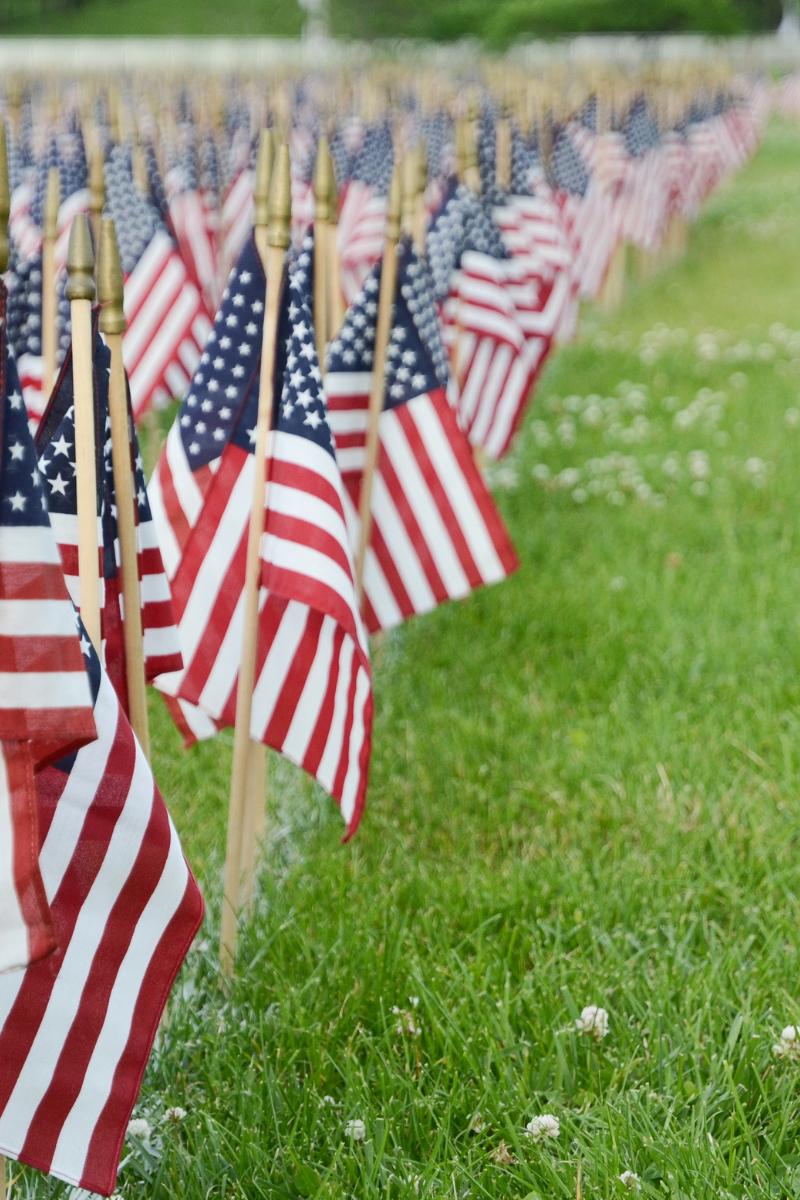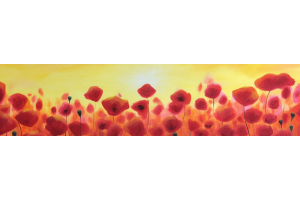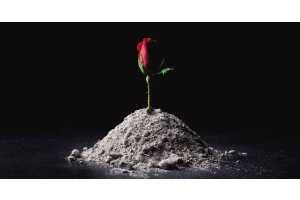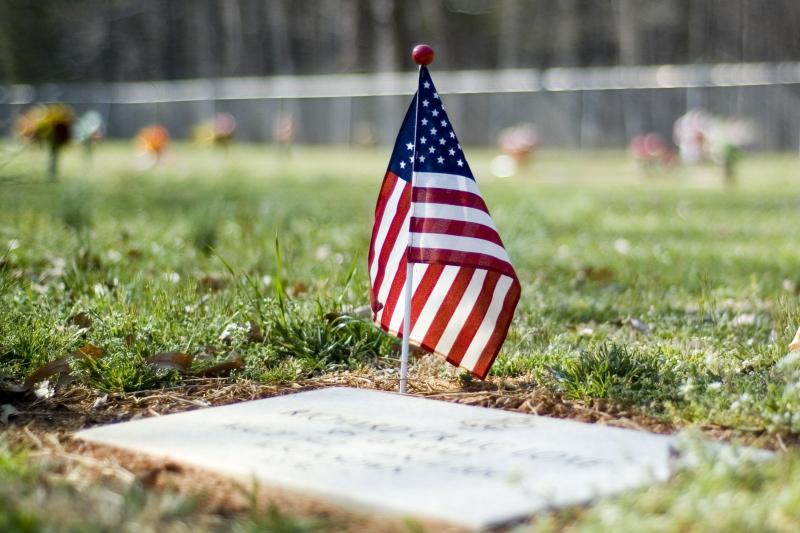
Reflect, Respect, and Remember Veteran's Day
The smoke had finally cleared. After four years of bloody battle, all was quiet on the Western front. The war that claimed the lives of 16 million people all over the world had come to an unofficial end. Veteran's Day, marked initially as Armistice Day, became a United States holiday designed to honor the sacrifice of military veterans, living and dead. Every year on Nov. 11, Americans take an opportunity to remember those who have fought in wars here and abroad. They honor those still alive, as well as those who paid the ultimate sacrifice.
Veteran’s Day History
Anyone who knows what happened after 1938 has a fairly good idea why a day dedicated solely to WWI veterans would eventually be incomplete. By 1954, only a short 16 years later, the U.S. had fought in two more wars–World War II and the Korean War–with significant involvement and heavy casualties in both. Congress changed the name of the official holiday Armistice Day to Veterans Day, to be celebrated on that same important day in November. From 1968-1978, Veterans Day was actually recognized as the fourth Monday of October. But, since the original day held so much significance to veterans and their supporters, the holiday was changed back to Nov. 11. In 2001, Congress designated the week of Nov. 11 to Nov. 17 as “National Veterans Awareness Week,” to improve recognition for veterans’ sacrifices and the struggles they face today.
Veterans Day Worldwide
Any discussion of Veterans Day would be remiss without an explanation of the difference between Veterans Day and Memorial Day. Memorial Day, the fourth Monday in May, celebrates those who died in battle or who died from injuries sustained during combat. Veterans Day is more inclusive, honoring all those who have served during war or peacetime, especially those still living. And, while Veterans Day is an American holiday, countries and regions such as: • United Kingdom • Canada • Australia • France also continue to honor the significance of Armistice Day, through their own national celebrations. In many places throughout Europe, it is customary to take a moment of silence for two minutes at 11 a.m. on Nov. 11.
Proper Honors
Since Veterans Day emphasizes the continued contributions of living veterans, there are several ways people choose to commemorate their achievements and sacrifice. Many veterans, even those who are not currently serving, choose to wear their uniforms or medals with pride on Veterans Day. It is customary to take note of this and personally thank them for their service. Communities also plan elaborate ceremonies, festivals and parades, where veterans and civilians are welcome. Veterans Day also provides an excellent opportunity to raise awareness of the difficulties modern veterans face today. Nowadays, many people understand that a soldier returning from war will have physical and mental battles to fight for years or even decades to come. The federal government has a special department, Veterans Affairs (VA), designed to provide support and aid to veterans after they return home. But, given the need of the millions of living U.S. veterans, these resources are chronically underfunded. Civilians seeking to do more for veterans in their communities can donate money or volunteer time to local organizations or government facilities, to ensure that those who fight for the country’s security get the treatment they deserve.
Cremation Urns for Military Service
Acknowledging the unique preferences and needs of U.S. veterans, there is a wide variety of cremation urns for burial and interment, as well as keepsake urns. Some are traditional, with etching available to describe the person. Others fulfill a dual purpose, to showcase the deceased’s medals and the flag their families received during their memorial ceremony. For those who wish for a burial at sea, a biodegradable Peaceful Pillow® urn makes the final goodbye a simpler task. Veterans Day has a rich history spanning nearly 100 years. Designed to honor veterans of WWI, this holiday now celebrates the dedication of all American veterans. And, this time of year offers a perfect avenue to reflect on veterans’ sacrifice, as well as honor those who have passed.

